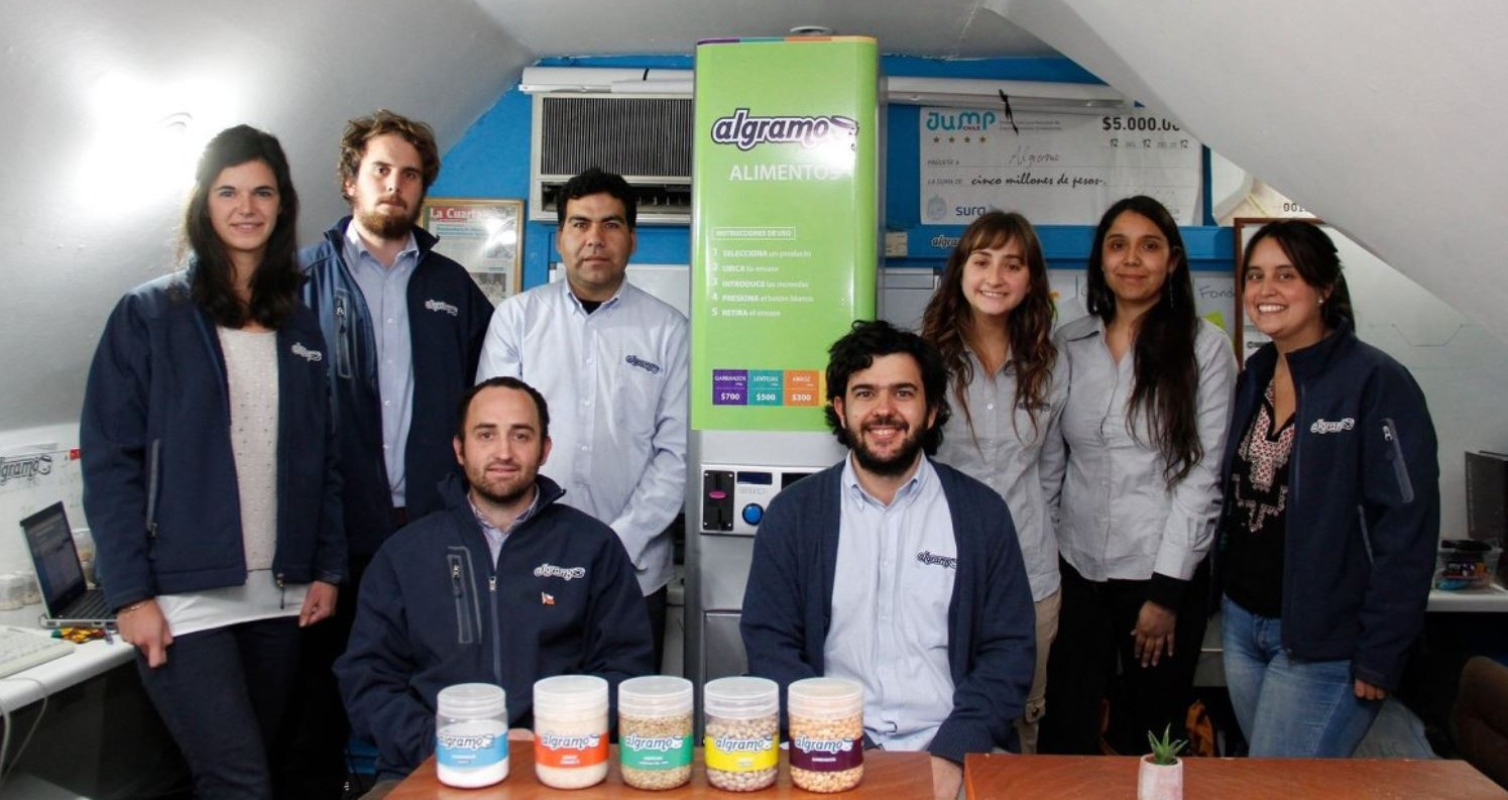Algramo places their Staple Food vending machine in poorer neighborhoods, those most frequently affected by the economic trend of “small format punishment.”
This is what happens when a neighborhood can’t afford a larger supermarket that receives discounted prices because of its size and market importance. The smaller bodegas and mom-and-pop groceries that do business in those neighborhoods carry goods at up to 40 percent higher prices than wealthier areas.
The first 20 machines were shipped to deliver staple foods like rice, lentils, beans and chickpeas at prices substantially below those charged by stores that require staffing, advertising and other overhead.
The food is dispensed according to the weight needed, so a family can purchase exact amount of food they need or can afford.
To reduce waste, each machine will dispense a container the first time a new customer uses it. Afterwards, the customers are encouraged to bring their containers back for refills.
As a company, Algramo aims to make a “triple impact” of positive economic, sustainable and social change. The vending machines, by providing fair pricing to the families who most need it in a format that minimizes packaging and waste, is directly in line with this corporate mission.
From their foothold in Santiago, Algramo plans to expand outward into neighboring cities and countries. They are also investigating dispensers to hold liquid ingredients like cooking oils and liquid cleaners to their customer base.
The most important staple food?
Over 50,000 plants are edible, but very few of them make any significant contribution to the human food supply. The overwhelming majority of global staple foods are grains. Corn, rice, and wheat together make up 51% of the world’s caloric intake.
- Corn – 19.5%
- Rice – 16.5%
- Wheat – 15%
- Root And Tuber Crops – 5.3%
- Others such as soybeans, sorghum, and plantains
Source

